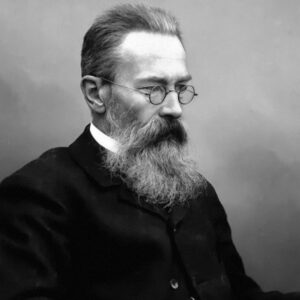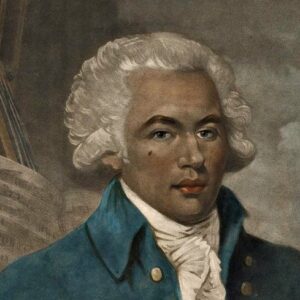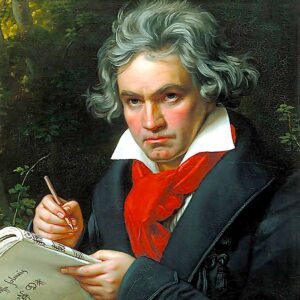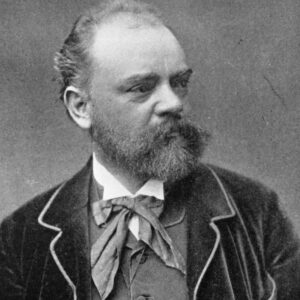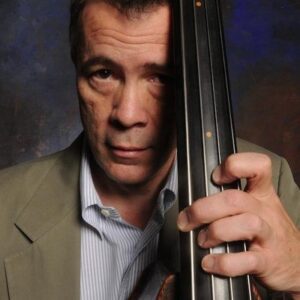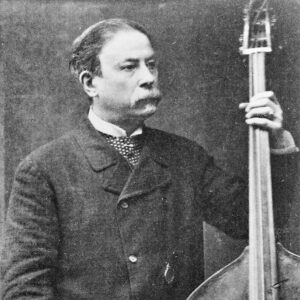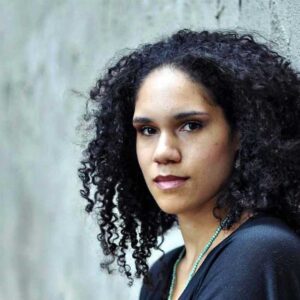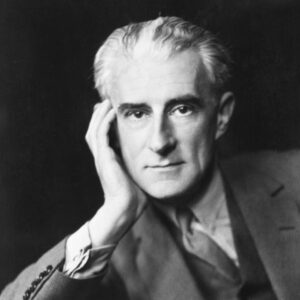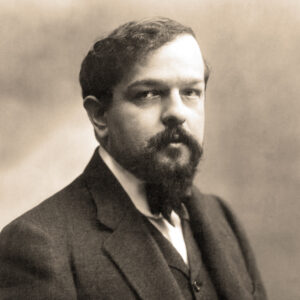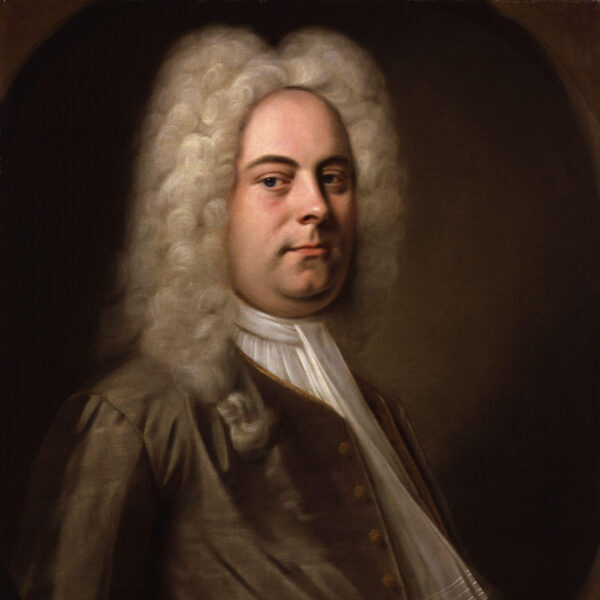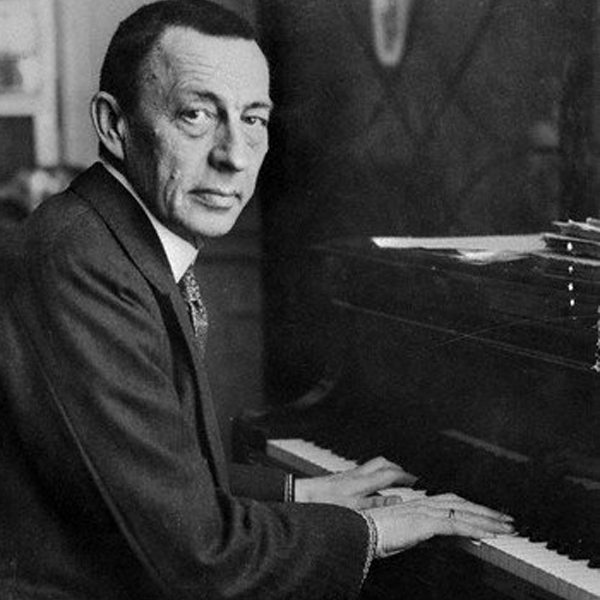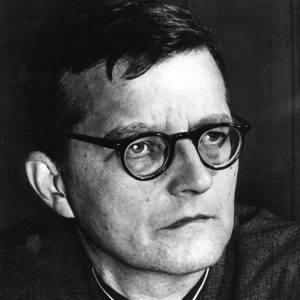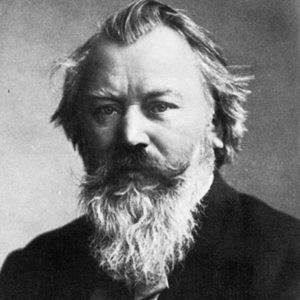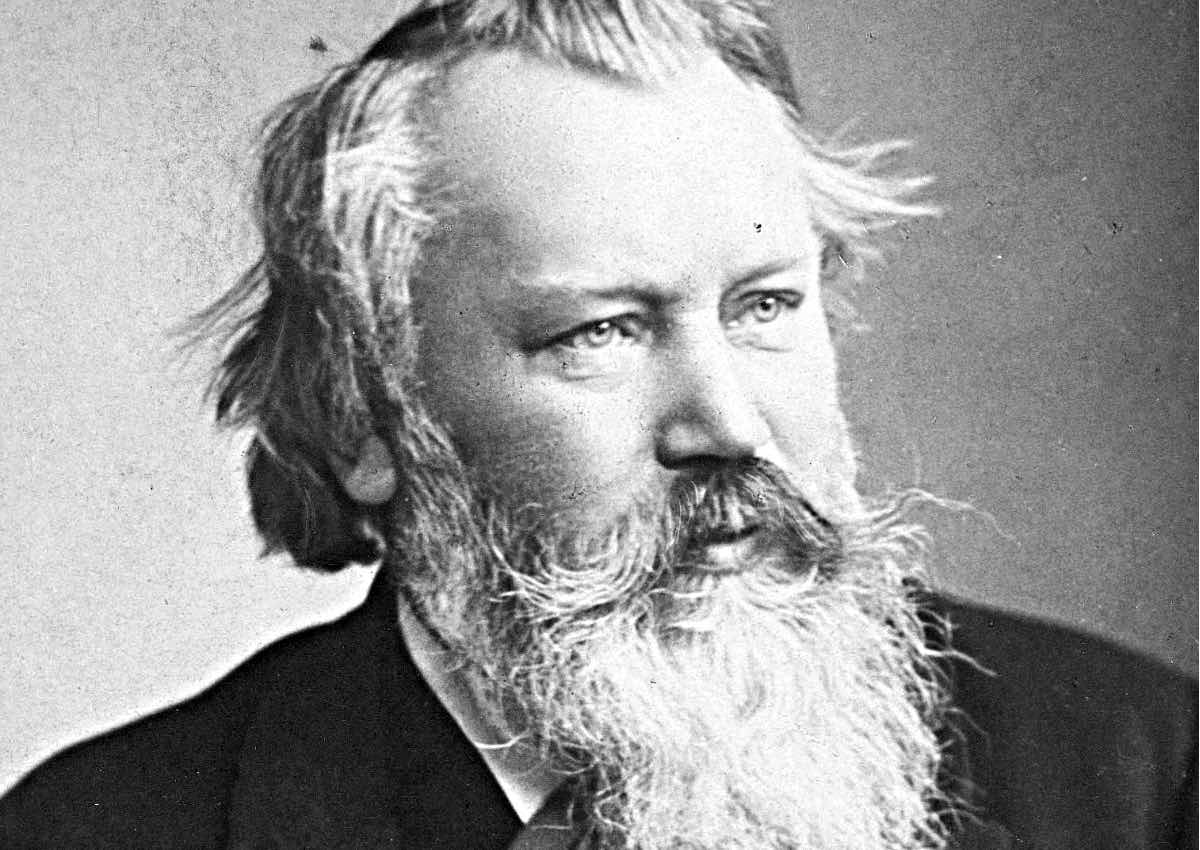
Johannes Brahms: Concerto for Violin and Orchestra in D Major, Op. 77
Johannes Brahms was born on May 7, 1833 in Hamburg and died in Vienna on April 3, 1897. One of the dominant composers of the late nineteenth century, Brahms greatly enriched the repertory for piano, organ, chamber music, chorus, and orchestra. His only Concerto for Violin and Orchestra was composed in the summer and early fall of 1878 in one of his favorite locales, Pörtschach am Wörthersee in Carinthia (Austria). Brahms effected minor revisions after its premiere on January 1, 1879 in Leipzig with the composer conducting the Gewandhaus Orchestra with Joseph Joachim as soloist. It is scored for solo violin, 2 flutes, piccolo, 2 oboes, 2 clarinets, 2 bassoons, 4 horns, 2 trumpets, timpani, and strings.
Few would deny that the violin concertos of Beethoven and Brahms stand at the pinnacle of the genre. It is also true that Beethoven’s work served as a model for Brahms, resulting in many clear points of contact between the works. Both concertos, for example, use the orchestra extensively, lending a symphonic quality to them. Each work not only explores the virtuosic capabilities of the violin, but also its lyrical side. The first movement of both works follows the classical principle of tutti-solo alternation (a carryover from the Baroque ritornello form) in conjunction with the dialectic of sonata form. Yet, even while clinging to classical forms, both concertos ultimately transcend them. They are not just great violin concertos; they are superb musical compositions. As such, therefore, they tax their performers in both technical prowess and musicality.
Brahms’s Concerto emerged from the master’s highly productive summer of 1878, a period that also produced the Symphony no. 2, the First Sonata for Violin and Piano, and early work on the Second Piano Concerto. The genesis and growth of Brahms’s Violin Concerto owes to the composer’s continuing friendship and professional affiliation with the great violinist, Joseph Joachim. This virtuoso musician, who also was a composer of no small ability, offered much more than merely technical advice to the composer. The Brahms-Joachim correspondence reveals much valuable insight into the concerto’s compositional genesis. One document, for example, shows Joachim dissuading Brahms from his plan to extend the work into a four-movement composition through the addition of a scherzo (Those familiar with Brahms’s Piano Concerto no. 2 will be aware that the composer successfully added such a movement in that work). But Joachim surely was right in his instincts regarding the Violin Concerto. The three-movement design was perfect as it stood.
The magical moments in Brahms’s Violin Concerto are almost too numerous to count, but a few are worth noting. The first comes very near the start of the opening Allegro non troppo, when after a purely diatonic D-major opening paragraph, an unexpected surprise comes in the form of a shudder—a counterstatement that starts in the foreign key of C Major. The first entrance of the solo instrument takes place in a highly charged and dramatic D Minor. Also worthy of mention is the gentle and lyrical reentry of the orchestra after the first movement’s cadenza—one of several instances of the influence of Beethoven’s Violin Concerto (a work that was also performed, at Joachim’s insistence, at the premiere). Joachim composed and performed his own cadenza (still used by many violinists) for the first performance of the Brahms. Both the cadenza and Joachim’s superb playing of it, according to a letter from Brahms to a friend, trampled over this poignant moment with immediate applause from the audience.
Speaking of lyricism, it is difficult to imagine a more sublime melody than the F-Major oboe solo that inaugurates the Adagio second movement. Indeed, the scoring for woodwinds throughout this movement is incomparable. This writer, for one, lives for the end of the movement’s introduction, when in an astonishing sequence, the solo flute drops from an F natural in a high register to a low F sharp, followed by a rest before resolving sweetly to a G. The next two measures land the music gently in its final cadence in the home key. This sequence is repeated later in the movement by the solo violin.
The finale is a gypsy-inspired Allegro giocoso, ma non troppo vivace, filled with technical challenges aplenty, as well as metrical subtleties, but never exceeding Brahms’s customary decorum. The movement is rounded out by a piquant and exciting coda, Poco più presto.
Program Note by David B. Levy © 2014



